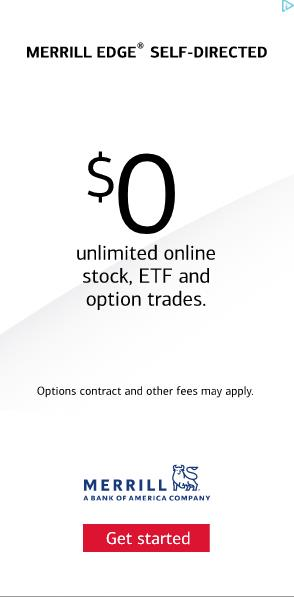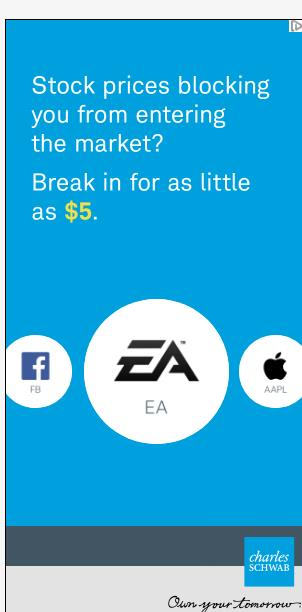Last week Robinhood agreed to pay $70 million to financial regulators.
And without skipping a beat, the popular financial service app filed its initial public offering.
Even though this was the largest fine FINRA has ever levied, Robinhood seems to be doing just fine.
As the popular financial services and investments app prepares for its public debut, it’s gearing up by spending more on programmatic advertising. And it’s not alone. The entire investment category is spending more.

Robinhood clings to its democratic roots despite growing pains
Robinhood may be paying huge legal bills to FINRA, but that’s not getting in the way of its path to going public.
Market analysts predict that Robinhood’s IPO will be valued in the $20-30 billion range, with the potential of an even higher valuation.
Despite its multiple crises from the past year (e.g. the Gamestop fiasco), analysts say that the company has had strong performance when looking at market-cap ratios. They also note that when compared to other contenders in the online brokerage space, a $30 billion market cap is realistic.
Robinhood prides itself as an app for retail investors: it’s motto is “democratizing finance for all.” And in true democratic fashion, Robinhood will give retail investors the ability to buy IPO shares. This is unusual for companies nearing their public listing, but true to form for the app.
“Most IPO shares typically go to institutions or wealthier investors. With IPO Access, everyday investors at Robinhood will have the chance to get in at the IPO price,” announced the company in a blog post. This IPO Access tool allows users to buy shares from other participating companies with upcoming IPOs, but also from Robinhood itself.
Robinhood is setting aside 20-35% of its Class A stock for customers, when typically this would be reserved for institutional investors.
After a year of tremendous growth, some setbacks, and the pursuit of its IPO, we’ve seen this company up their programmatic advertising spend.
MediaRadar Insights
Before jumping into Robinhood’s buying behavior, let’s take a look at the overall investment firm programmatic buying trends.
In 2021 so far, the number of investment firms who advertise programmatically has increased 46% YoY from 2020. There were 337 companies spending $18.3mm during the first six months of the year. This is up from 231 companies spending $11.9mm in 2020.


Robinhood isn’t the only investment firm adding programmatic to their media mix or increasing its role. Investment firms are active in the space right now.
But Robinhood’s role in this category is noteworthy. Last year, Robinhood’s programmatic spend was barely noticeable. During the first six months of 2020, the investment firm’s spending accounted for less than 1% of the category’s total spend.
This year, it is the top spending programmatic advertiser in the investment firm space. And its spending accounts for 19% of all programmatic ad spend in the investment firm space.

This stark contrast between 2020 and 2021 shows that Robinhood is not slowing down. With more users and transactions, the financial app is only going to keep growing (as long as it doesn’t harm users as it has been accused of in the past).
But Robinhood isn’t the only one spending right now. Other top spending investment firms include:
- Fidelity Investments
- Charles Schwab
- Fisher Investments
- Merrill Edge Investing and Trading
We’re seeing strong market performance right now—and more advertising from the financial sector. For more information on investment firm advertisers and their contacts, reach out to us for more information or try a demo.
For more updates like this, stay tuned. Subscribe to our blog for more updates on coronavirus and its mark on the economy.



